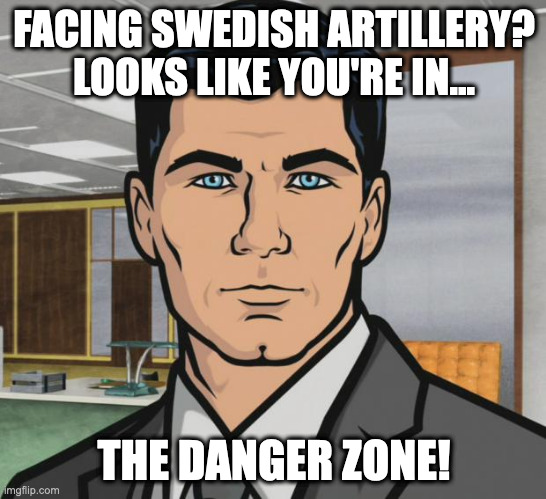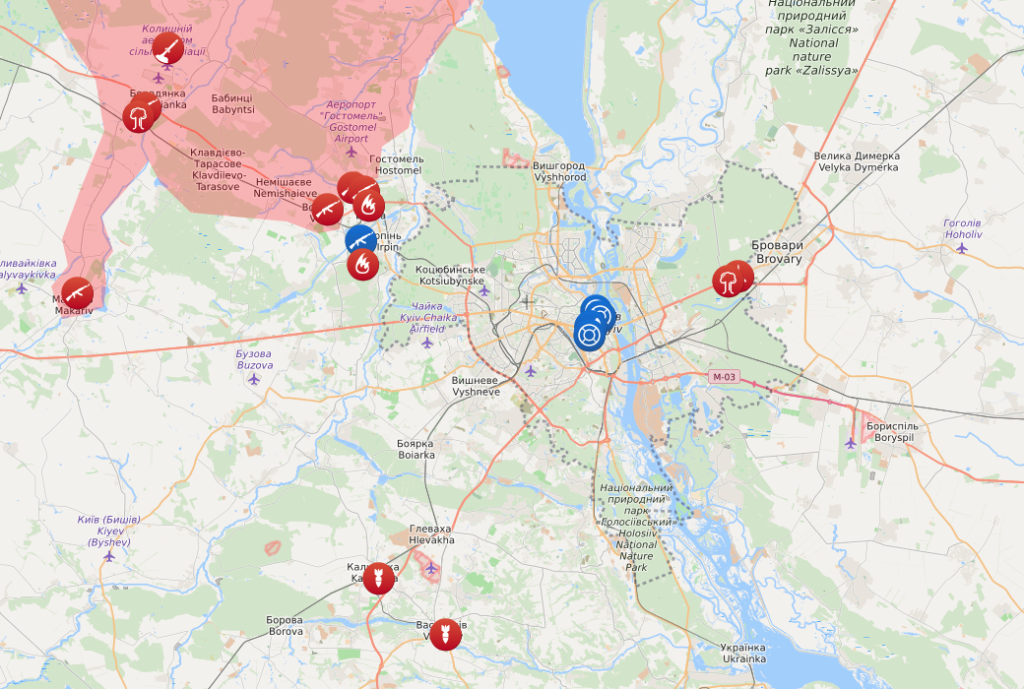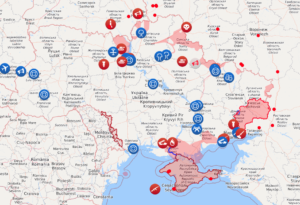Here’s some news from the periphery of the Russo-Ukrainian War.
First up: Russia is in default over debts because it’s been cut out of SWIFT.
Russia on Sunday defaulted on its foreign debt for the first time since 1918 after the grace period on its $100 million payment expired, according to reports.
The $100 million interest payment deadline due to be met by the Kremlin had initially been set to May 27 but a 30-day grace period was triggered after investors failed to receive coupon payments due on both dollar and euro-denominated bonds.
Russia said that it had sent the money to Euroclear Bank SA, a bank that would then distribute the payment to investors.
But that payments allegedly got stuck there amid increased sanctions from the West on Moscow, according to Bloomberg, meaning creditors did not receive it.
Euroclear told the BBC that it adheres to all sanctions.
The last time Russia defaulted on its foreign debt was in 1918 when the new communist leader Vladimir Lenin refused to pay the outstanding debts of the Russian Empire during the Bolshevik Revolution.
Peter Zeihan explains what this means for the international financial order:
Is there any sign of Russia’s economy cratering from the sanctions? Not yet:
But one big downside of Vlad’s Big Ukraine Adventure became concrete this week: Finland and Sweden got the greenlight to join NATO:
NATO formally invited Sweden and Finland to join the alliance Wednesday at a summit in Madrid, Spain, in the midst of security concerns due to the Russia-Ukraine war.
The announcement comes after Turkish president Recep Tayyip Erdogan lifted his veto after a weeks-long stalemate over the negotiations. The decision will now rely on final ratification from all 30 member states.
“The accession of Finland and Sweden will make them safer, NATO stronger, and the Euro-Atlantic area more secure. The security of Finland and Sweden is of direct importance to the Alliance, including during the accession process,” NATO said in a statement.
NATO Secretary General Jens Stoltenberg called the decision “historic,” and thanked the leaders for their agreement.
Turkey signed a memorandum with Finland and Sweden on Tuesday confirming Erdogan would support the nomination of the two Nordic countries into the alliance.
Remember that tangling with the Finns has not been a source of happiness for Russia. The Soviet Union may have gained some territory in the Winter War and the Continuation War, but the Finns tore them a new asshole in the process. For the entirety of post-World War II, the Soviet Union and Russia have relied on a neutral Finland (“Finlandization”) to secure their northernmost flank. With Finland joining NATO, they no longer have that luxury.
The Finns have a fair amount of German equipment (including Leopard 2 tanks) and American aircraft (including having F-35s on order). I imagine integrating their forces into the NATO command structure should be quite feasible.
Speaking of countries that Russia has not had much joy tangling with, Sweden has invaded Russia more than once.
Though Swedish armed forces are relatively small, they have, if anything, even more German tech, and their native-built Stridsvagn 122 tank is based on the Leopard 2. Their Archer mobile artillery system is arguably the best in the world.

Oh, and both Sweden and Finland have several nuclear power plants each. Both could develop nuclear weapons in fairly short order if they had to. And any Russian moves against the Baltic states would probably be enough to push them into doing it, Nonproliferation Treaty be damned.
Getting Finland and Sweden to join up with NATO is has a high probability of being a historical blunder that outweighs any Ukrainian territorial gains Russia might end up with.




